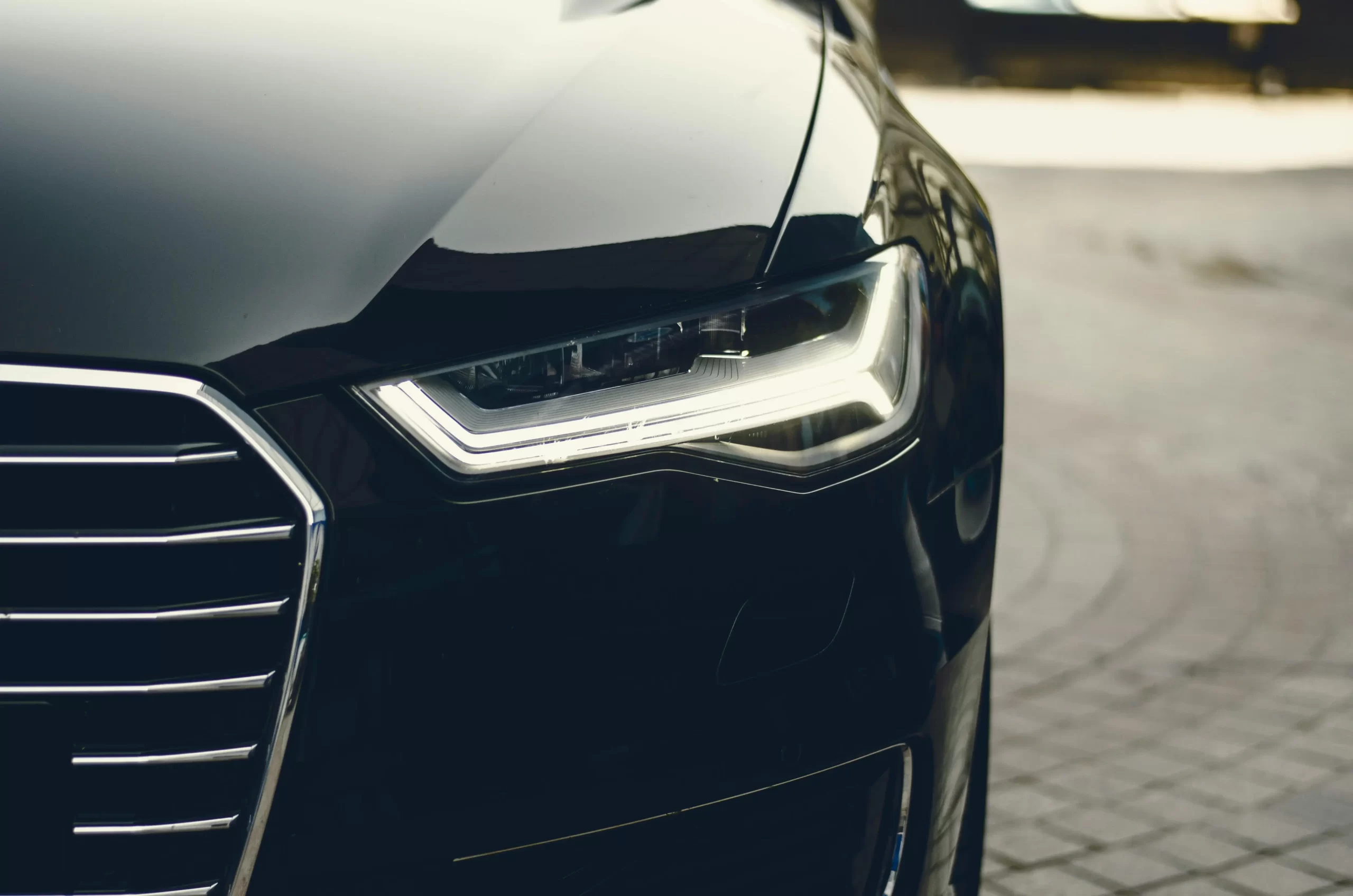
If you’ve ever noticed your car’s headlights or interior lights flickering, you’re not alone. While occasional flickering might seem harmless, it can sometimes signal deeper electrical problems that need immediate attention. In this guide, we’ll break down the most common causes of flickering car lights, what they might mean, and when it’s time to take action.
What Causes Car Lights to Flicker?
Flickering car lights are usually caused by inconsistencies in the vehicle’s electrical system. Since your car’s lights rely on a stable flow of electricity from the battery and alternator, any disruption in this flow—whether from faulty wiring, loose connections, or component failures—can lead to noticeable flickering.
The issue may be intermittent or constant, and it can affect various lights including headlights, dashboard lights, brake lights, and interior lights.
Types of Flickering and What They Indicate
Understanding how and when your lights flicker can help identify the root cause.
Headlights Flicker While Driving
This often points to alternator issues. The alternator is responsible for maintaining battery charge and powering the electrical system. A failing alternator might deliver inconsistent power, causing the lights to flicker.
Lights Flicker When Idling
If the lights only flicker when the car is idle but return to normal when accelerating, it could indicate a weak battery or poor ground connection.
All Lights Flicker at Once
When all the lights in your vehicle flicker simultaneously, the issue is likely central, such as a loose battery terminal, a bad voltage regulator, or a grounding problem.
Single Light Flickering
If just one light flickers, you might be dealing with a bad bulb, loose wiring, or socket corrosion.
Common Culprits Behind Flickering Lights
Let’s explore the most frequent reasons behind flickering car lights:
Failing Alternator
The alternator converts engine power into electrical energy. A failing alternator can’t maintain consistent voltage levels, resulting in flickering lights and, eventually, other electrical failures. Other symptoms may include dimming lights, difficulty starting the car, and electrical accessories malfunctioning.
Weak or Dying Battery
A battery nearing the end of its life may struggle to provide stable voltage. This can cause lights to flicker, especially when using other high-draw components like the air conditioning or radio. If the battery is old (typically more than 3–5 years), testing or replacing it is wise.
Corroded or Loose Battery Terminals
Corrosion or loose clamps at the battery terminals can interfere with the power supply. Even if your battery and alternator are in good condition, poor connectivity at the terminals can lead to erratic power delivery and flickering lights.
Faulty Grounding
Your vehicle’s electrical system relies heavily on a solid ground connection. A bad ground wire can disrupt the flow of electricity and lead to flickering lights, especially under load. This is often an overlooked issue and can be tricky to diagnose without proper tools.
Worn-Out Bulbs or Connectors
Sometimes, the issue is localized to the bulb itself or its connector. Over time, the filament in halogen bulbs can become unstable and cause flickering. Alternatively, dirty, loose, or damaged connectors can result in poor contact and intermittent lighting.
Voltage Regulator Issues
The voltage regulator ensures the alternator sends the correct amount of power to the battery and electrical components. If the regulator fails, the system might receive fluctuating voltage, leading to light flickering and other performance issues.
When Is Flickering a Serious Problem?
While some causes of flickering lights are minor, others demand immediate attention. Here’s when to worry:
- Flickering accompanied by other electrical issues, like the dashboard going dark, stalling, or difficulty starting, often points to a failing alternator or battery.
- Sudden dimming or brightening of lights can indicate voltage fluctuations, which can damage sensitive electronics over time.
- Smoke, burning smells, or visible sparking near light fixtures or under the hood should never be ignored. This could indicate a short circuit or serious wiring issue.
If any of these symptoms accompany your flickering lights, it’s best to stop driving and consult a professional mechanic.
How to Fix Flickering Car Lights
Fixing flickering lights depends on the underlying issue:
- Check and clean the battery terminals. Remove any corrosion and ensure the clamps are tight.
- Test your battery and alternator. Most auto parts stores offer free testing.
- Inspect wiring and connectors. Look for loose, frayed, or corroded connections.
- Replace faulty bulbs. If only one light flickers, start with replacing the bulb.
- Consult a mechanic. If you’re unsure or suspect a deeper issue, a licensed technician can perform diagnostic tests to find the root cause.
Preventative Tips to Avoid Flickering Issues
- Regularly inspect your battery and electrical system. Catching corrosion or wear early can prevent more serious issues.
- Don’t overload your system. Avoid running too many aftermarket accessories (like high-powered amps or lights) without upgrading your alternator or battery.
- Keep up with scheduled maintenance. Electrical problems are often identified during routine checkups.
- Drive your car regularly. Short or infrequent drives can lead to battery drainage, which stresses the electrical system.
Final Thoughts
Flickering car lights aren’t just an annoyance—they’re often the first sign of trouble in your vehicle’s electrical system. While some causes are simple and inexpensive to fix, others could lead to more severe issues if ignored. Knowing what to look for and acting quickly can save you time, money, and hassle down the road.
If your car lights are flickering and you’re unsure why, don’t wait. Schedule a diagnostic check with a trusted mechanic to ensure your vehicle stays safe and reliable on the road.






Leave a Reply